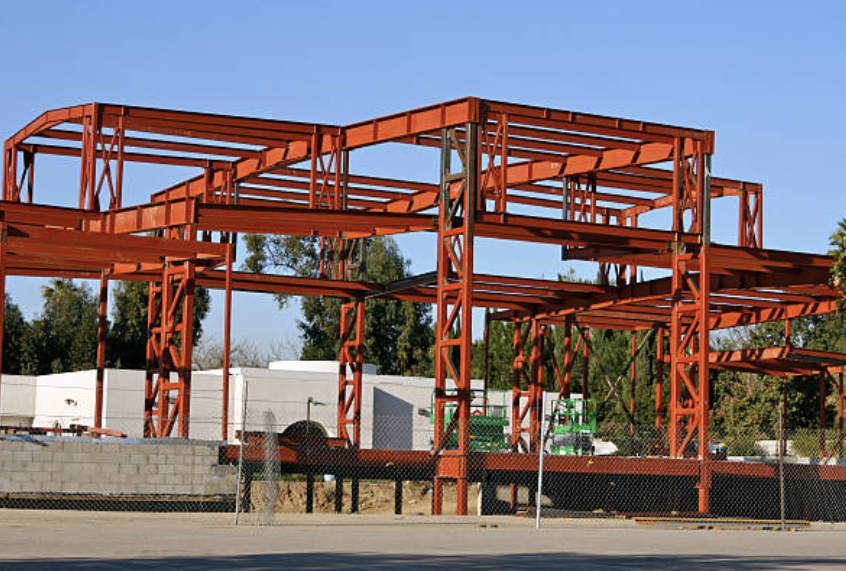
Posted on Tuesday, June 4, 2024
Steel erection and framing are integral components of modern construction, playing a crucial role in creating resilient structures for residential, commercial, and industrial purposes. Behind every towering skyscraper, sturdy bridge, and expansive warehouse lies the precise art of metal fabrication. This process is vital for cutting, shaping, and assembling steel components to ensure efficient and reliable steel erection.
Metal fabrication is the backbone of steel erection. By transforming raw steel into precise components, this process ensures that steel erection projects are executed with maximum efficiency and durability. Here's how metal fabrication powers steel erection:
Steel erection projects rely on the production of specific, high-quality components. Metal fabrication outputs include:
Steel erection is the process of assembling and installing structural steel components to create the framework of a building or structure. It involves activities like lifting, bolting, and welding steel parts to form a stable and durable structure.
Key components in steel framing include:
A: Metal fabrication ensures that steel components are precisely cut, shaped, and assembled, minimizing errors and improving the efficiency and safety of steel erection projects.
A: Industries such as construction, renewable energy, and industrial manufacturing depend on steel erection for their projects, including skyscrapers, wind turbines, and specialized facilities.
A: High-temperature-resistant steel maintains its strength and integrity under extreme heat, making it ideal for industrial facilities like power plants and refineries.
A: Technologies like CNC machining, 3D modeling, and robotic welding have enhanced precision, efficiency, and safety in steel erection projects.
Metal fabrication and steel erection are inseparable in their contribution to modern infrastructure. Whether it's a solar farm or an industrial complex, the collaboration between fabricators and steel erectors ensures the structures we rely on are built to last.

Most Popular Roll Forming Machines in the United Kingdom
Posted on Thursday, December 11, 2025
This blog breaks down the five most in-demand roll forming machines in the UK

Can I Finance a Roll Forming Machine?
Posted on Thursday, December 11, 2025
Financing a roll forming machine is easier than most buyers think. Here’s how leases, loans, and payment plans make production affordable.

Roll Forming Machines for Sale in the UK: What Buyers Need to Know Before Purchasing
Posted on Thursday, December 11, 2025
This complete guide explains everything UK buyers must know before purchasing, including machine types, voltage requirements, CE/UKCA compliance

Roll Forming Machines for Sale in the USA: What Buyers Need to Know Before Purchasing
Posted on Wednesday, December 10, 2025
This guide explains everything U.S. buyers need to know before purchasing a roll forming machine, including machine types, pricing, voltage
Copyright 2026 © Machine Matcher.